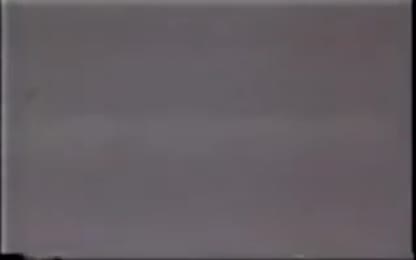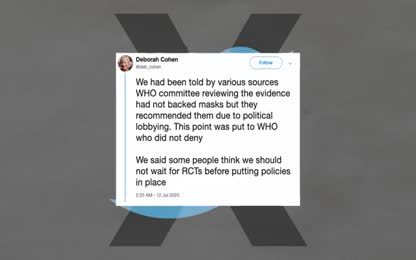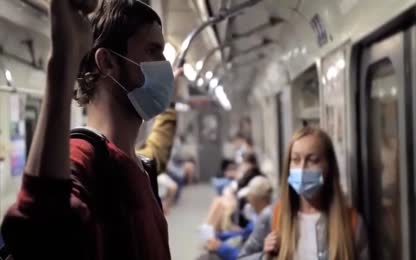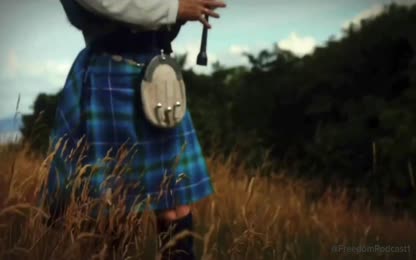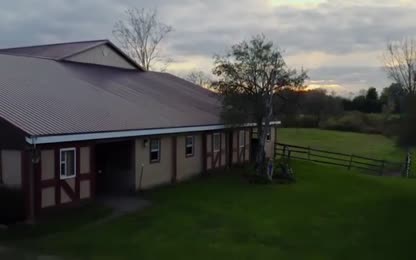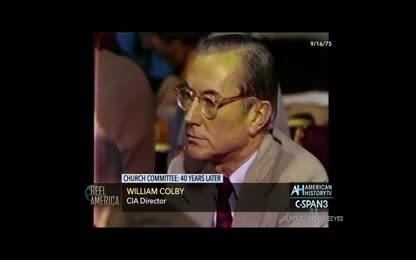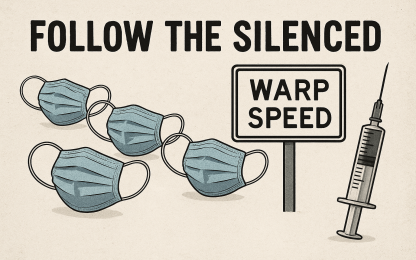Advertisement
Short Version of New Documentary SEVEN -911
Short Version of New Documentary SEVEN Begins Airing Today on PBS. PBS affiliates across the country today will begin airing a five-minute version of the new documentary SEVEN directed by Loose Change creator Dylan Avery about the explosive findings of the recently completed University of Alaska Fairbanks study on the destruction of World Trade Center Building 7.
The short film, titled Spotlight On: SEVEN, will run for a minimum of three months on up to 200 local PBS stations, reaching at least three million viewers.
---
Yea its PBS but no sign of Jason Bergman so thats a plus!
https://www.ae911truth.org/news/694-short-version-of-new-documentary-seven-begins-airing-today-on-pbs
--If I catch one on antenna, I will record it and post it if anything of value.
Cheers -
SubD?
- Category: Servants of Evil,9/11 / WTC / Pentagon 2001,Building 7, Salomon Brothers B,Wake up people
- Duration: 04:21
- Date: 2020-06-22 07:43:37
- Tags: 911, building 7, bldg 7, twin, tower, commision, fraud, fake, stock, market, stein, connection
7 Comments
Video Transcript:
We didn't hear anything about the World Trade Center 7, not for a long time. And we'd never experienced prior to that day a steel frame building collapsing due to fire. It just didn't happen. Except for an occasional intentional demolition that you might see that occurred in typically Las Vegas. It suffers a minor damage when one of the towers collapsed. But there was no explanation for why that building would collapse in that manner. It felt because thermal expansion caused a fire-induced progressive collapse. Typically, if let's say if you have an airplane disaster, you have the FAA and the investigators gathering. Every little piece of that plane and pissing it back together. So it seems very strange that all the steel, except for one little piece, was taken away. It went to foreign countries and it was melted down and turned into something else, with little or no consideration given to the significance of the material. We did not find any evidence that explosives were used in the collapse of building 7. The way the report is written leaves one to believe that the report's upside down. They already had the answer. They just needed to figure out how to get there. Their whole approach was in violation of the scientific method. The roadblock is that these professional organizations are being presented to the public as if the engineering profession stands behind the NIST reports. When the membership is actually made aware of the contents of those reports, they do not believe them. There was just this silence in the academic world about this subject. So we began looking around for someone that would be willing to undertake such a study. We ran across Professor Halsey after the University of Alaska and Fairbanks. My name is Leroy Halsey. That's my middle name. And I'm a structural engineering professor here at the University of Alaska Fairbanks. It's my intention quite frankly to not have a point of view about what may have brought this building down. But I think what we can do is to eliminate those things that could not have happened. Now this has everything to do with the response under a fire situation. I'm not talking about the actual failure yet. I'm talking about was there a possibility to lead up to failure through these fundamentals? That NIST looked at and said they could. I looked at and said they couldn't. There were changes made to after the report was released. And that was a problem, and it was well. The thing that drew me for a loop is that I thought surely the progressive collapse and the collapse understanding would have been more clear. We have spent almost a year on that issue. They went through every single one of the components. Every single, the initiating events, the beam failures, the column failures. Every one of those events was impossible to show to make the building collapse and the way it came down. It was impossible. Every column in the building needed to fail almost simultaneously for the building to fall in the manner that it did. So what does that really tell you? It really tells you that all those interior columns came out once. And once the exterior also, a few seconds later, came out once, giving you free fall, which comes down straight through. I feel good about what we did. Hope it makes a big difference and it looks like that people are beginning to listen. Dr. Lee Roy Holsey, a civil engineering professor at UAF, a senior study which reevaluates whether building sevens collapse could have been caused by fire. Holsey says his findings were a resounding no. The work that we're doing is ultimately going to make the difference. I have that confidence because I know the truth always comes out.


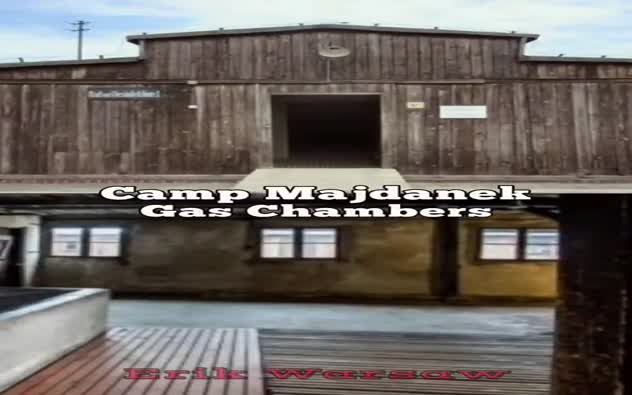







 Donate
Donate

